WORLDWIDE: HEADLINES
Fed prepares to stiffen inflation response for a post-transitory world
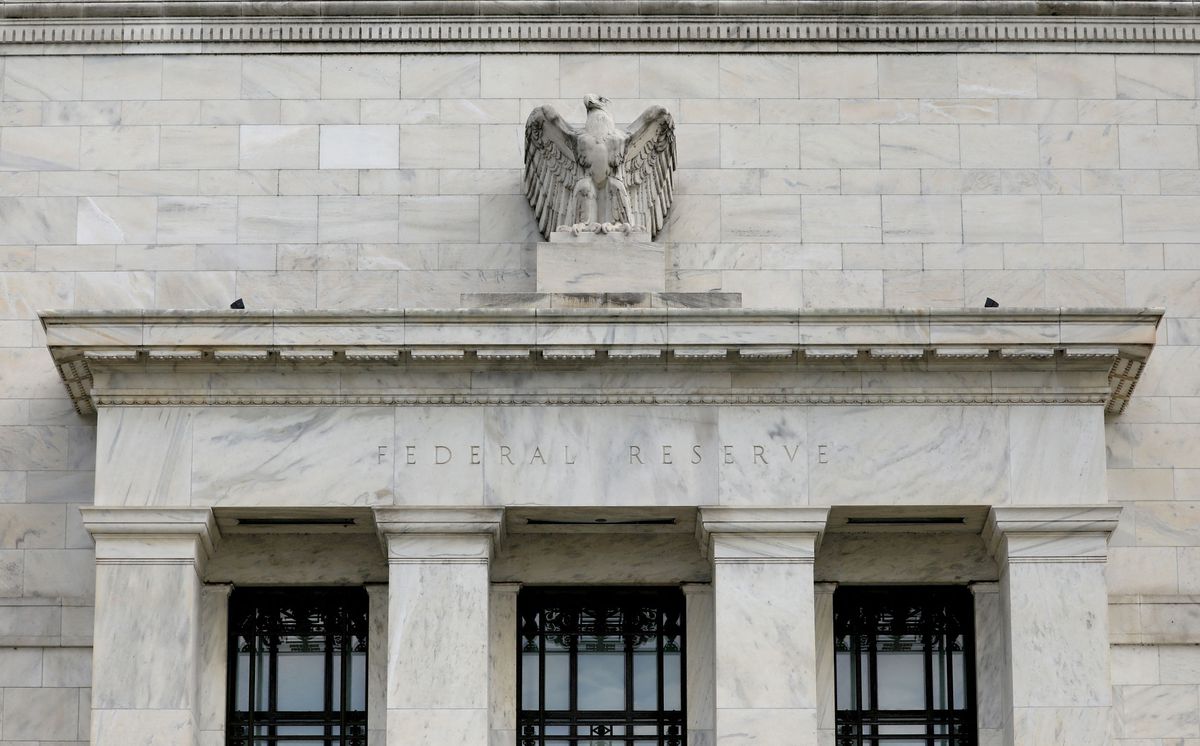
The Federal Reserve is expected on Wednesday to announce that it is speeding up the end of its pandemic-era bond purchases and signal a turn to interest rate increases next year as a guard against surging inflation.
The identification of the Omicron coronavirus variant last month has added a new level of uncertainty for U.S. central bank officials who, after steadily discounting the impact of the pandemic on the economy’s performance, must now assess how the new strain’s faster spread may influence consumers, businesses, and the path of growth and inflation.
Private forecasters polled by Reuters still expect U.S. growth of nearly 4% next year, well above trend, and are aligned around expectations the Fed’s increased concern about inflation will cause it to pull the plug on the bond-buying program – originally set at $120 billion per month – in March and pencil in multiple rate increases for 2022.
The Fed will issue a new policy statement along with updated economic projections following the end of its latest two-day meeting at 2 p.m. EST (1900 GMT). Fed Chair Jerome Powell will hold a news conference half an hour later.
Despite the unknowns around Omicron, the U.S. unemployment and inflation rates have blown past the Fed’s most recent projections, issued in September, and policymakers now have to catch up with where the economy and markets seem to be heading.
The policymakers’ new forecasts “will generally show lower projections for the unemployment rate and higher ones for inflation,” prompting quarter-percentage-point increases in the Fed’s short-term policy rate beginning in June, JPMorgan economist Michael Feroli wrote in a note ahead of the meeting.
Full coverage: REUTERS
Company climate disclosures jump in 2021 as board pressure builds
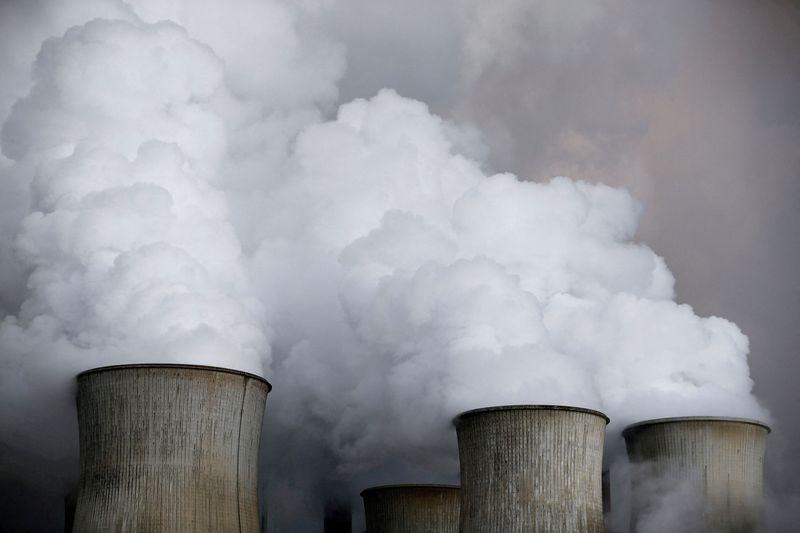
The number of companies sharing climate data with CDP, the world’s leading disclosure platform, jumped by nearly 40% over the last year as investors and policymakers pressured boards, data seen by Reuters showed.
Most of the world’s asset managers focus on climate change disclosures in their efforts to pick the winners of the transition to a low-carbon economy and to assess the risks for their portfolios.
While some countries have begun to make such disclosures mandatory, the standardized data required by the non-profit CDP platform has long provided investors with data that allows them to compare corporate performance.
Since the Paris Agreement of 2015, when countries agreed to try to limit global warming, the number of companies filing to CDP has more than doubled to 13,132 from 5,532. The CDP was founded in 2000.
“If you look at those numbers, you see this rate of change increase, and I think that’s really important. Each year is a much bigger leap than we expected from the previous year,” Nicolette Bartlett, executive director at CDP, said.
The pace of disclosures has also risen consistently, bar a COVID-19 induced slow-down last year. In 2020-2021, it grew by 38%.
Despite the increase in companies reporting to CDP, the quality of disclosures remains patchy and nearly 17,000 companies received the lowest possible ‘F’ grade in the NGO’s annual assessment for not reporting any data.
Full coverage: REUTERS
WORLDWIDE: FINANCE/MARKETS
Asia markets hushed in countdown to Fed lift off
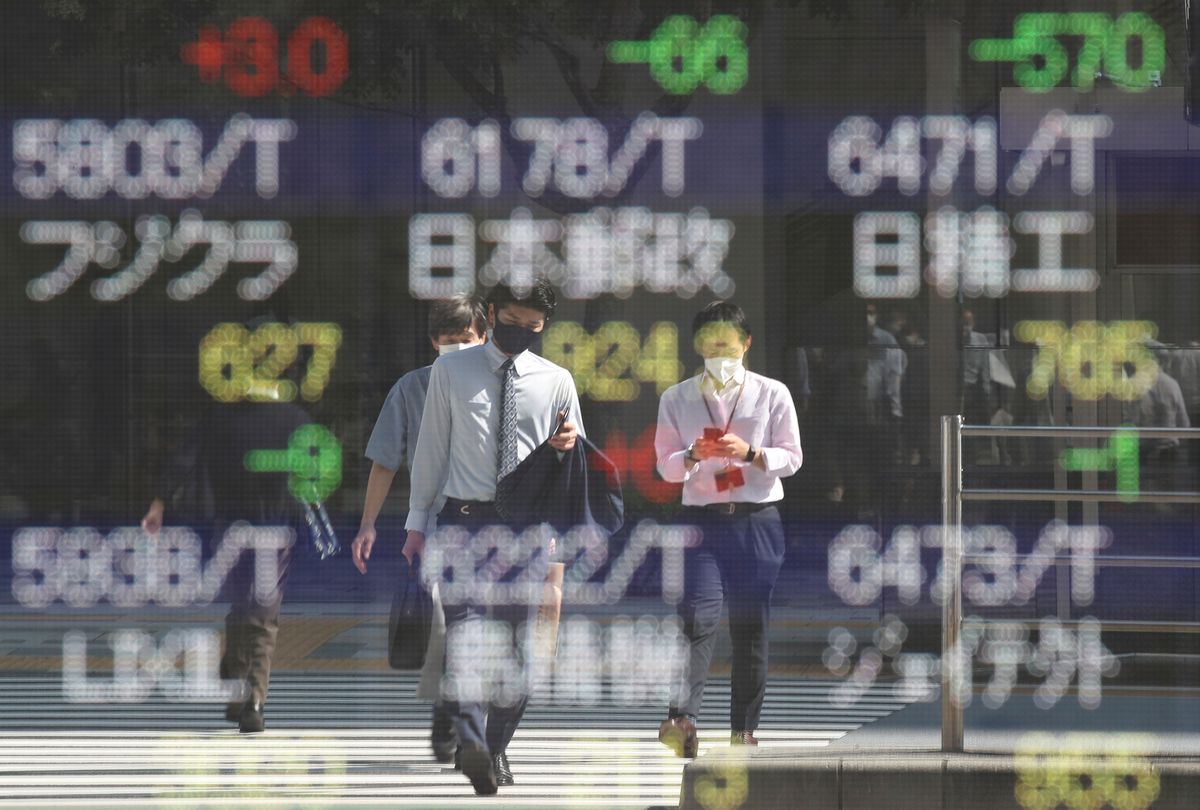
Asian markets were precariously poised on Wednesday as the world waited to hear from the U.S. Federal Reserve on when it would stop buying assets and start raising interest rates, possibly piling pressure on its peers to follow.
Futures have already priced in an end to tapering by March and a first hike to 0.25% in May or June, with rates approaching 0.75% by year end.
BofA’s latest survey of fund managers shows they favour an end to tapering in April and only two hikes in 2022, making them more vulnerable to a hawkish outlook.
Also vital will be the ultimate destination for rates given markets are currently priced for a peak of just 1.5-1.75%, a level that would likely not even top inflation.
“At its heart, there is an implied assumption that all the Fed has to do is tap the fed funds brake a mere 150bps, and the economy will slow sufficiently to break the inflation cycle,” noted Alan Ruskin, macro strategist at Deutsche Bank.
“Yet we have never had a cycle peak where real rates have not been above zero, which means the market’s expected terminal rate is too low and possibly far too low.”
Should Fed members agree and plot a much higher peak, it would challenge the lofty valuations of stocks and the slim yields offered by Treasuries. Right now, bonds are implying cash rates will average only 1.8% for the next 30 years.
The rapid spread of the Omicron variant is an added complication that could incline the Fed to be less hawkish, though recently officials have sounded more concerned about the persistence of inflation than the pandemic.
Whatever the Fed decides, it will set the bar for the central banks of the EU, UK and Japan when they meet this week, and add to pressure for further tightening in emerging markets.
Full coverage: REUTERS
Oil prices slip 1% on bets that crude supply growth will exceed demand
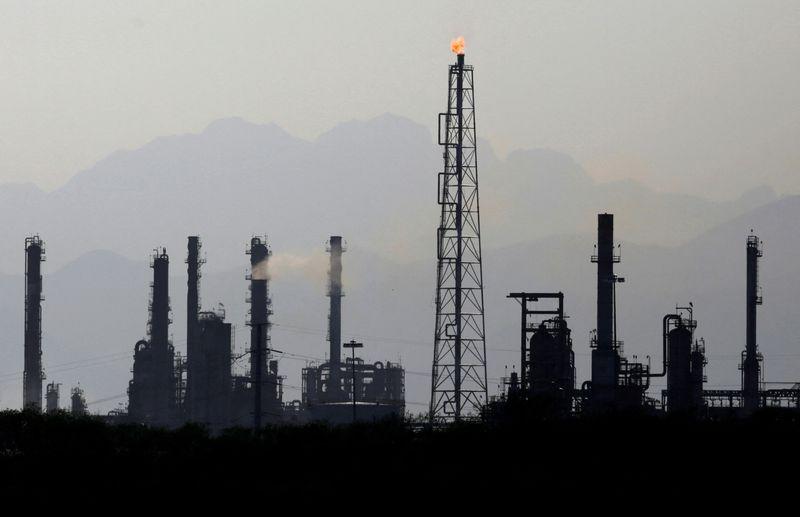
Oil prices fell for a third day straight on Wednesday on growing expectations that supply growth will outpace demand growth next year, even though the Omicron coronavirus variant is not seen curbing mobility as sharply as earlier COVID-19 variants.
U.S. West Texas Intermediate (WTI) crude futures fell 82 cents, or 1.2%, to $69.91 a barrel at 0413 GMT, after losing 56 cents in the previous session.
Brent crude futures fell 71 cents, or 1%, to $72.99 a barrel, after losing 69 cents on Tuesday.
Both contracts slipped more than $1 earlier in the session while Brent’s prompt monthly spread flipped into contango briefly on Tuesday.
The International Energy Agency (IEA) on Tuesday said a surge in COVID-19 cases with the emergence of the Omicron variant will dent global demand for oil at the same time that crude output is set to increase, especially in the United States, with supply set to exceed demand through at least the end of next year.
In contrast, the Organization of the Petroleum Exporting (OPEC) on Monday raised its world oil demand forecast for the first quarter of 2022.
“The IEA’s bearish view on the market was in stark contrast to OPEC’s more positive view when it released its monthly outlook earlier this week. The divide suggests volatility is likely to remain high in the short term,” ANZ commodity analysts said in a note.
Energy consultancy FGE said it has a more optimistic outlook than the IEA as the consultancy expects a smaller surplus of 400,000 barrels per day, based on a comparatively lower demand risk from Omicron, against IEA’s forecast of 1.7 million bpd in the first quarter.
Full coverage: REUTERS
Dollar holds firm as investors eye major Fed policy meeting
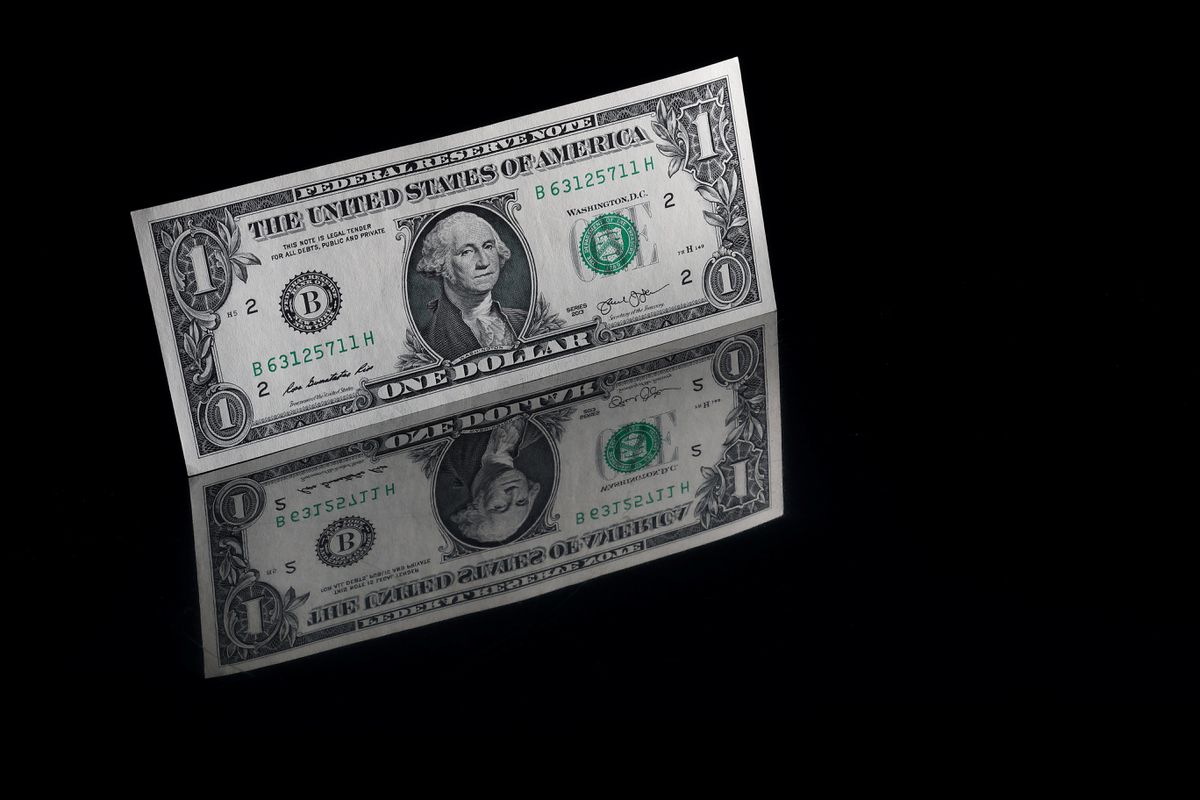
The dollar held its recent gains in early Asia trading on Wednesday as investors looked towards a key Federal Reserve policy meeting to see if it would reinforce growing market expectations for earlier rate rises next year.
The dollar index which measures the greenback against six major peers was at 96.557, having gained 0.5% so far this week in choppy trading. It is testing last week’s 96.954, which would be a two-week top.
The dollar’s gains have been broad-based.
The euro last traded at $1.1265, not far from $1.1184 hit in November, which was its lowest in over a year. The pound languished at $1.13326 as Britain grapples with rising cases of the Omicron variant of the new coronavirus.
But the Federal Reserve meeting due to wrap up later in the day stood out as the centrepiece of a week full of central bank meetings.
Kim Mundy, currency strategist at CBA, said currency markets were “taking a tiny break from Omicron” even though it was “very much bubbling away in the background.”
“It’s hard for it to be the dominant focus when you’ve got the FOMC, and the Bank of England and European Central Bank lining up to make policy decisions,” said Mundy.
She said traders were watching the U.S. Federal Open Market Committee for two things: firstly whether they accelerate tapering of their bond buying programme, and secondly whether policymakers bring forward their projections for interest rate rises, in their so-called “dot plot”.
Markets have been pricing for the Fed to wrap up bond-buying around March and then proceed with one or maybe two rate hikes in 2022.
Full coverage: REUTERS